Corner gardens often become forgotten spaces, yet they hold tremendous potential for creating stunning focal points with thoughtfully arranged pots. Whether working with a small patio corner, neglected yard space, or awkward architectural angles, container gardening offers endless possibilities for transformation. These 25 complete design themes combine practical functionality with aesthetic appeal, ensuring every corner becomes a purposeful and beautiful garden retreat that maximizes both space and visual impact.
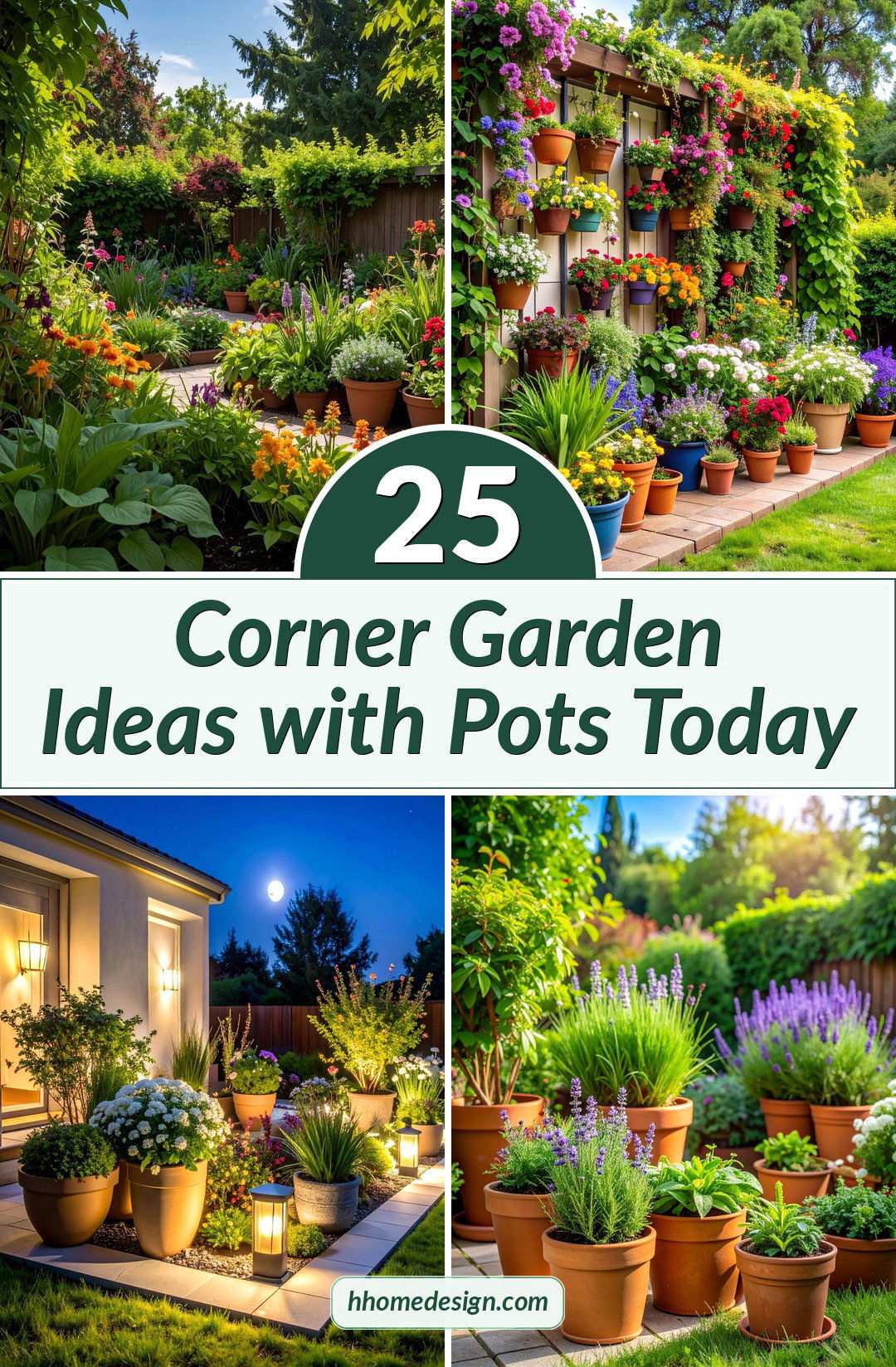
1. Vertical Herb Garden Tower

Transform any corner into a culinary paradise with a tiered vertical herb garden featuring multiple pots at varying heights. Create this functional design using wooden ladder shelves, stackable planters, or hanging systems that maximize growing space while keeping fresh herbs within easy reach. Plant aromatic favorites like basil, rosemary, thyme, and oregano in individual terracotta or ceramic pots, arranging them from tallest herbs at the top to cascading varieties like trailing oregano at the bottom. This design combines practicality with visual appeal, offering fresh ingredients year-round while creating a lush, fragrant corner that serves both aesthetic and functional purposes. Add small plant markers and ensure adequate drainage for each level.
2. Mediterranean Terracotta Oasis
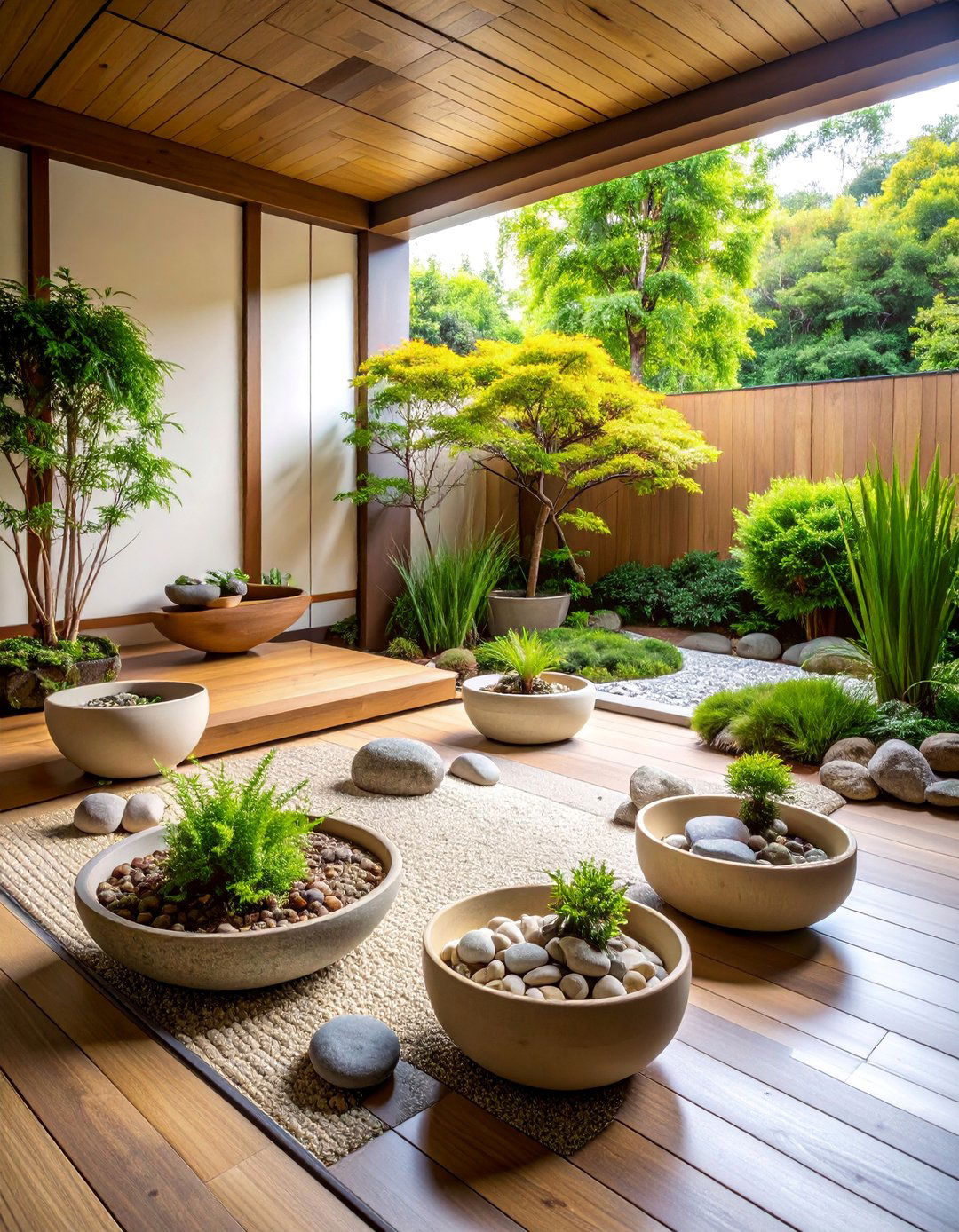
Create a sun-drenched Mediterranean corner featuring oversized terracotta pots filled with drought-tolerant plants and classic Mediterranean elements. Arrange large urns and ceramic vessels in warm earth tones, planting them with olive trees, lavender, rosemary, and silvery-leafed plants like sage or lamb's ear. Include smaller pots with bright geraniums and trailing nasturtiums for colorful accents. Complete the theme with gravel mulch, decorative tiles, and perhaps a small terracotta fountain. This design evokes the relaxed atmosphere of coastal Mediterranean gardens while requiring minimal water and maintenance. Position larger pots at the back corner, stepping down to smaller containers that spill into the surrounding space for natural flow.
3. Zen Minimalist Container Garden

Design a peaceful corner retreat using the principles of Japanese garden design with carefully selected pots and plants. Choose simple, neutral-colored containers in ceramic or stone finishes, arranging them asymmetrically with plenty of negative space between each element. Plant with structural elements like ornamental grasses, small Japanese maples in larger pots, and moss or groundcover in shallow ceramic bowls. Add smooth river stones, a small water feature, and perhaps a single sculptural element like bamboo or a carefully pruned shrub. This design emphasizes tranquility and mindfulness, creating a meditative space perfect for quiet contemplation while maintaining visual harmony through restrained plant and container choices.
4. Cottage Garden Pot Collection
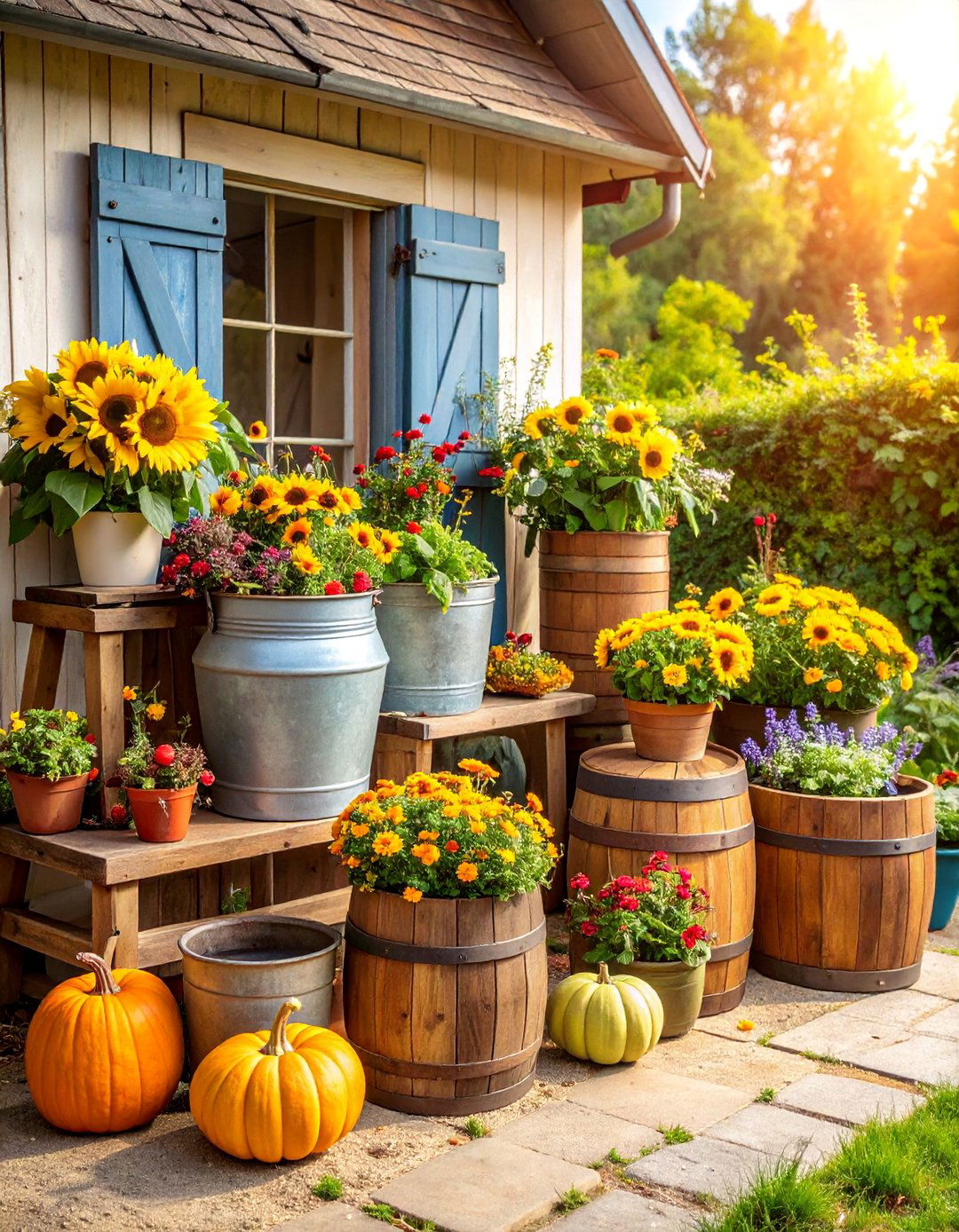
Capture the romantic charm of English cottage gardens by clustering an eclectic mix of vintage-style pots filled with traditional cottage plants. Combine weathered terra cotta, wicker baskets, galvanized buckets, and ceramic containers in various sizes and heights. Plant with cottage garden favorites like roses, delphiniums, sweet peas, hollyhocks, and lavender, allowing plants to spill naturally over pot edges for that relaxed, abundant look. Include climbing varieties on small trellises and let self-seeding annuals create happy accidents. This design celebrates abundance and casual beauty, mixing colors and textures freely while maintaining the cozy, lived-in feeling characteristic of traditional cottage gardens. Add vintage accessories for authentic charm.
5. Tropical Paradise Corner
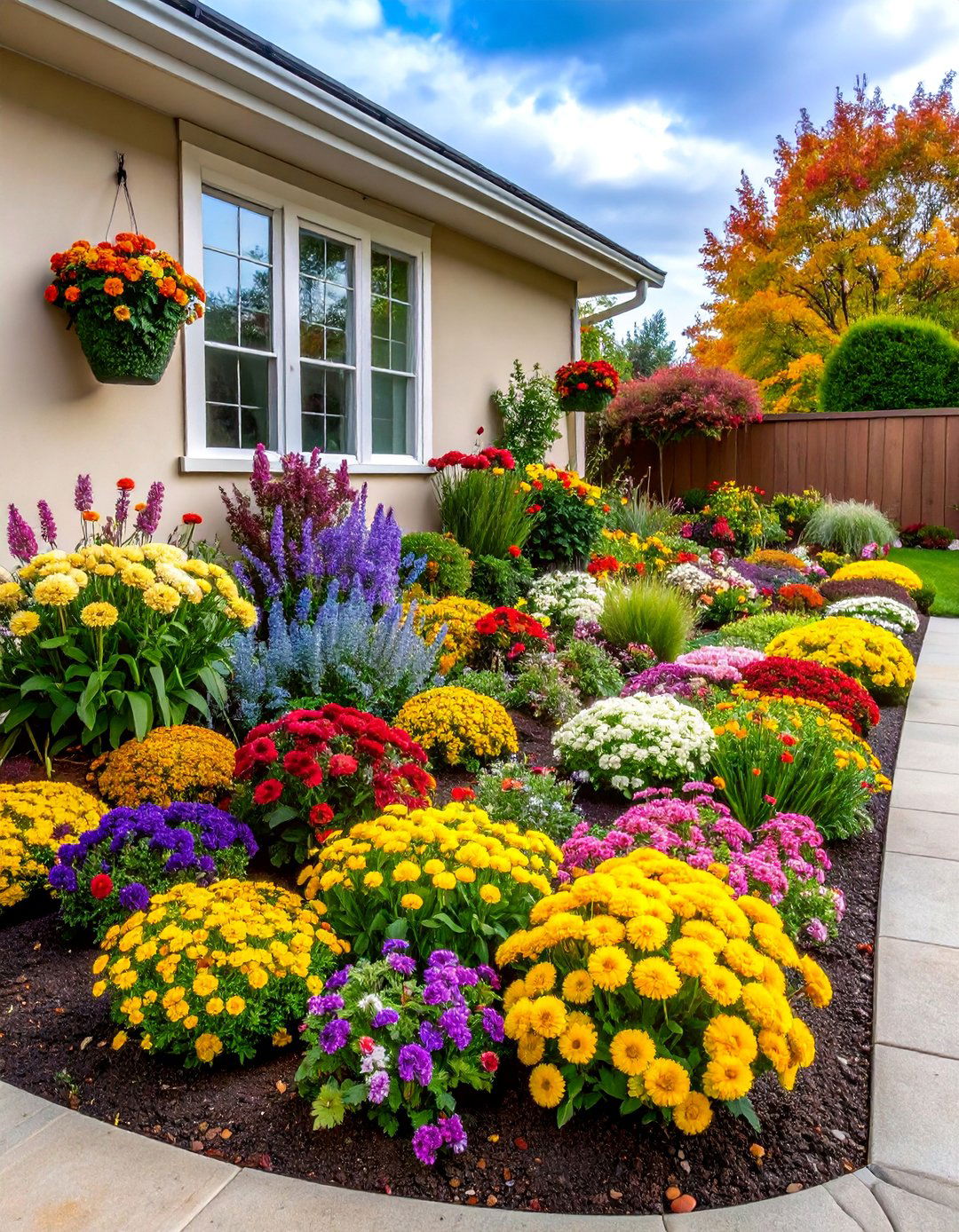
Transform a corner into an exotic escape using large containers planted with lush tropical foliage and bright flowering plants. Select bamboo planters, ceramic urns in ocean blues and greens, or natural fiber containers that complement the tropical theme. Plant with dramatic specimens like bird of paradise, hibiscus, giant elephant ears, colorful bromeliads, and cascading ferns. Include palms in larger pots for height and structure, with smaller containers featuring bright tropical flowers like bougainvillea or exotic succulents. This design creates a bold statement through oversized leaves, vibrant colors, and varied textures that transport viewers to a tropical paradise while providing privacy screening and creating microclimates for heat-loving plants.
6. Rustic Farmhouse Corner
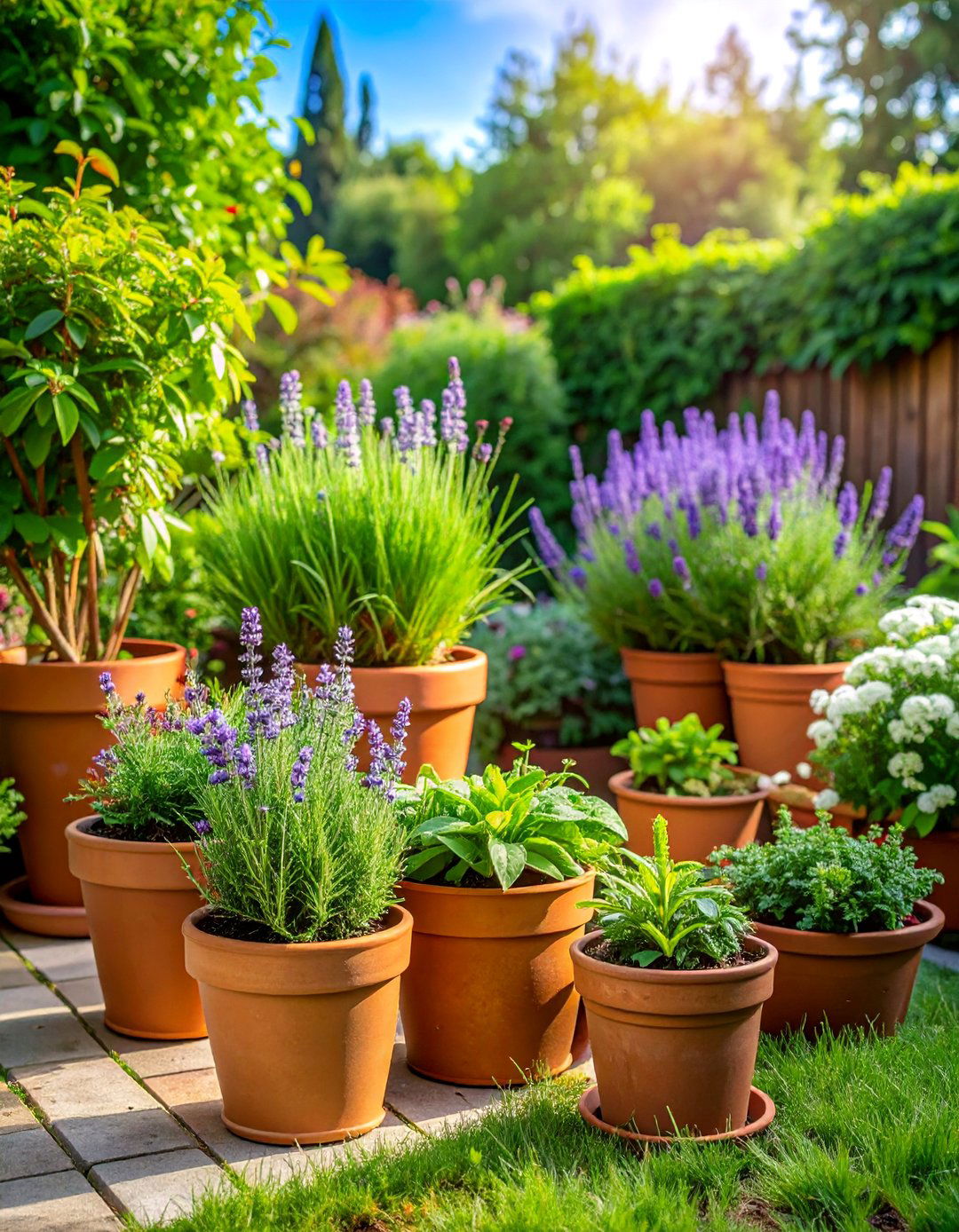
Create authentic countryside charm using repurposed containers and traditional farmhouse plants arranged in a casual, functional manner. Incorporate vintage elements like old galvanized buckets, wooden crates, metal watering cans, and half wine barrels as planters. Fill with practical plants like vegetables, cutting flowers, and herbs mixed with ornamental varieties like sunflowers, cosmos, and marigolds. Add rustic touches through weathered wood supports, vintage garden tools as decoration, and natural mulches. This design emphasizes functionality while celebrating rural aesthetics, combining productive gardening with visual appeal through natural materials and time-worn finishes that develop character over time. Include seasonal decorative elements for year-round interest.
7. Modern Minimalist Succulent Display
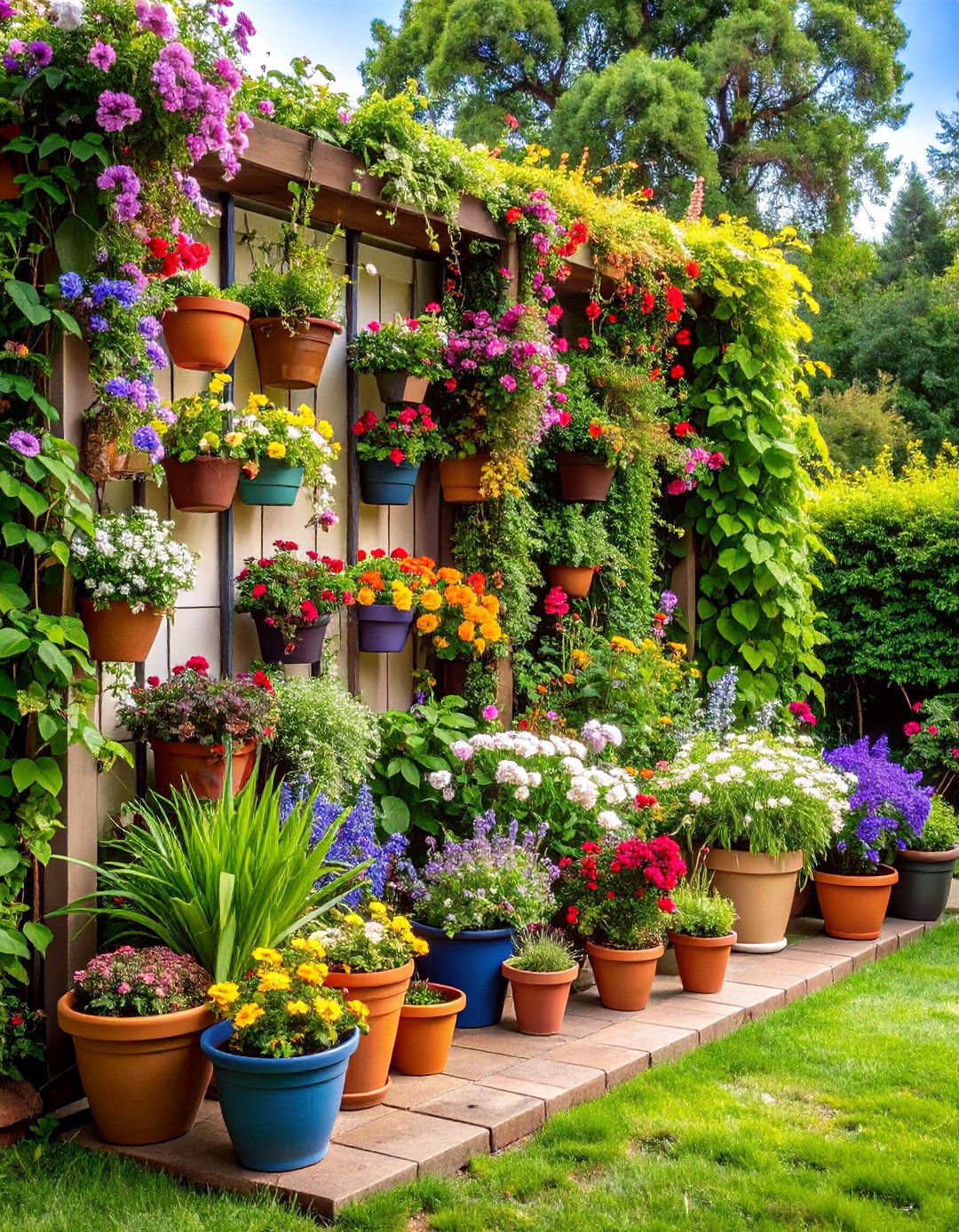
Design a contemporary corner feature using geometric planters and architectural succulents arranged in clean, structured compositions. Select containers in materials like concrete, metal, or glazed ceramic in neutral colors, arranging them in groups of odd numbers with deliberate spacing. Plant with sculptural succulents like agaves, aloes, jade plants, and geometric forms that complement modern container shapes. Include different textures through varied plant forms while maintaining a cohesive color palette of greens, silvers, and blues. This low-maintenance design emphasizes form and structure over abundance, creating sophisticated displays that work well with contemporary architecture while requiring minimal water and care. Add LED lighting for dramatic evening effects.
8. Seasonal Color Wave Garden
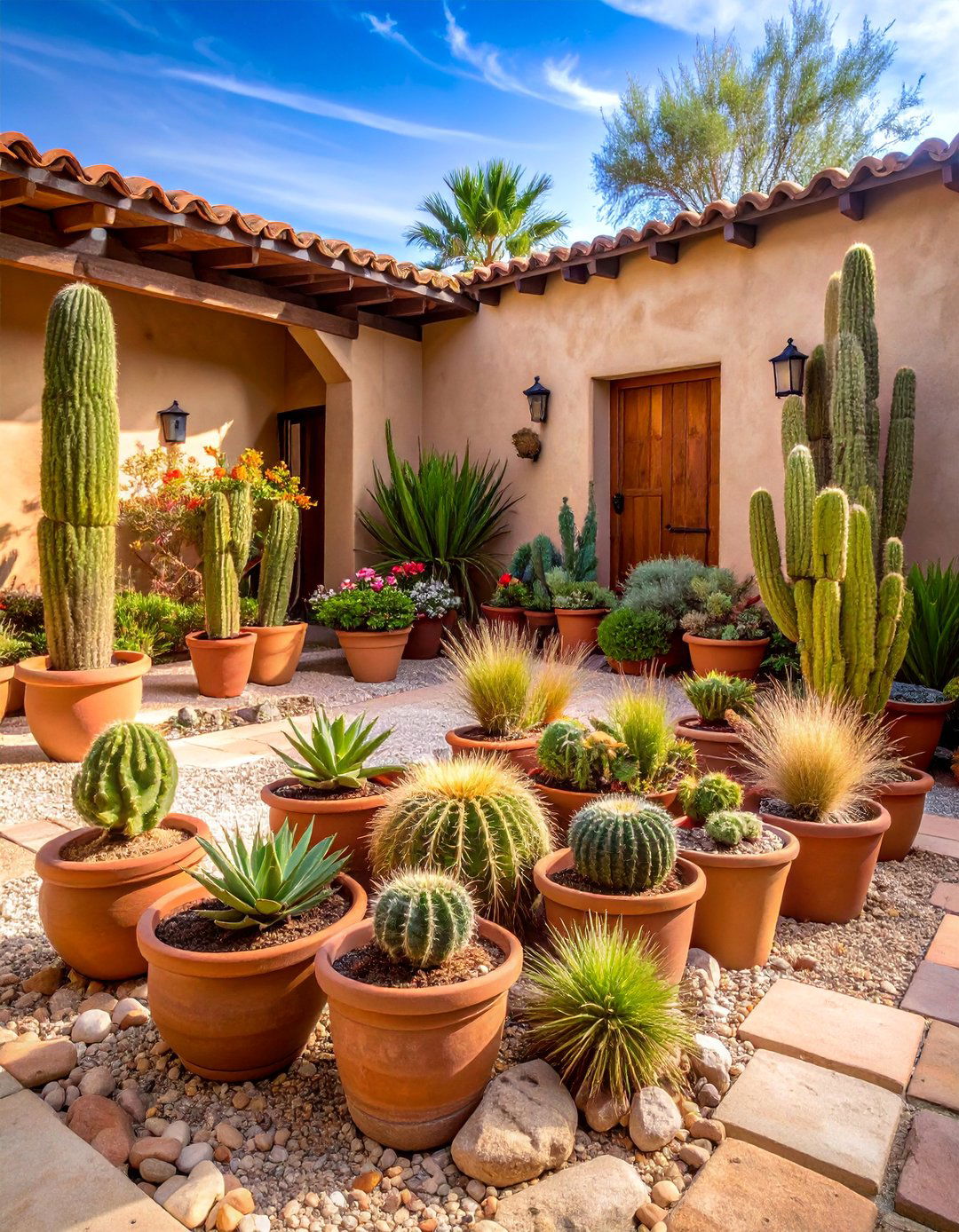
Create dynamic seasonal interest by arranging containers that provide continuous color throughout the year using strategic plant selection and container rotation. Use a core collection of permanent pots with evergreen structure plants, supplemented by seasonal containers that change with blooming cycles. Include spring bulbs in early containers, summer annuals for peak color, autumn mums and ornamental grasses, and winter arrangements with evergreen boughs and berries. This design requires planning seasonal transitions but rewards with year-round beauty and constant change. Arrange containers in flowing curves rather than rigid lines, allowing for easy seasonal swapping while maintaining overall structure. Include weather-resistant container materials for year-round outdoor display.
9. Aromatic Sensory Garden
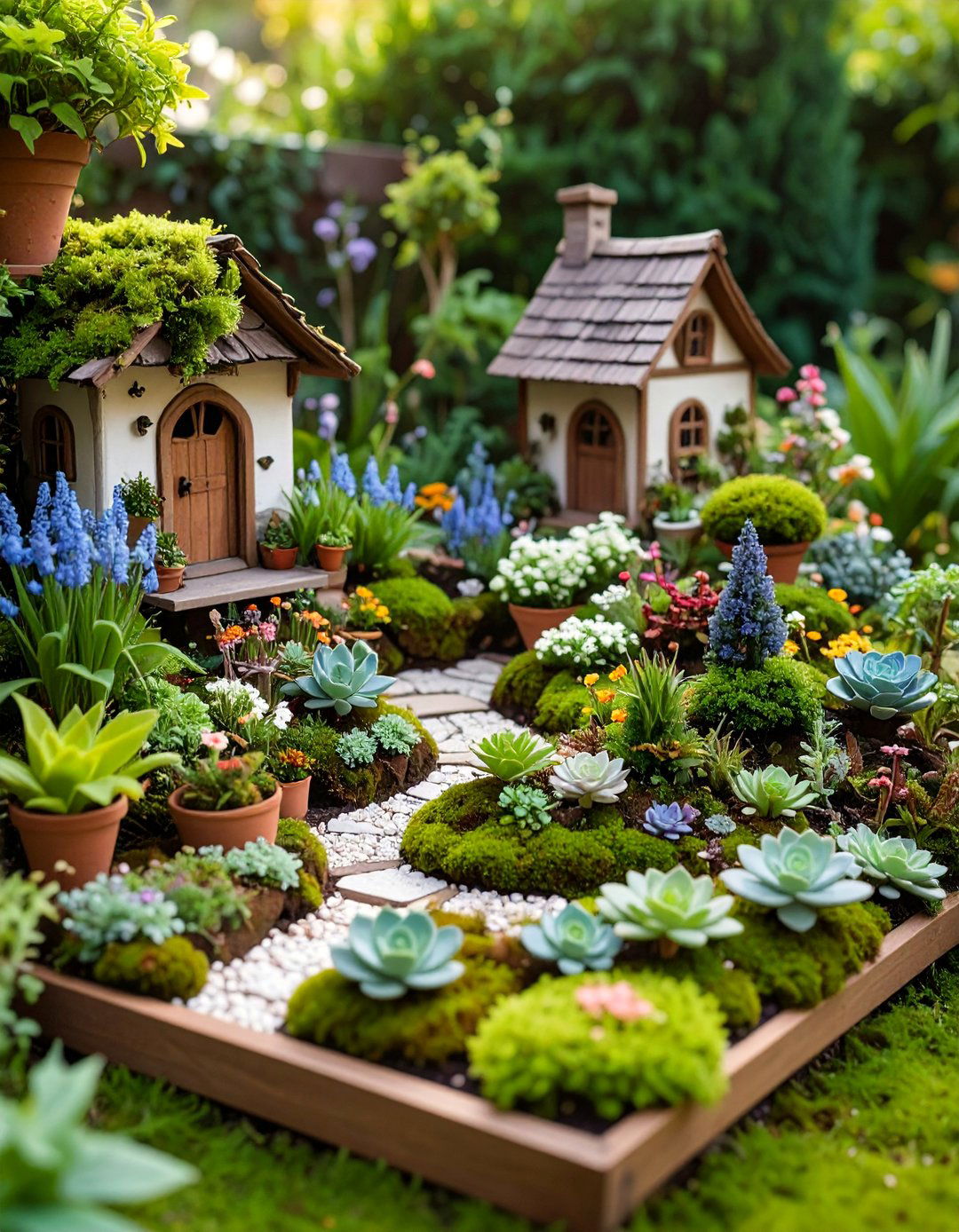
Design a fragrant corner paradise using plants selected specifically for their scents, textures, and sensory appeal arranged in accessible containers. Include fragrant herbs like rosemary, lavender, mint, and scented geraniums in varied pot sizes positioned for easy access and interaction. Add textural plants with interesting foliage like lamb's ear, ornamental grasses, and herbs with fuzzy or smooth leaves that invite touching. Include fragrant flowers like jasmine, sweet alyssum, and night-blooming plants for evening enjoyment. This design creates multi-sensory experiences through strategic plant placement at different heights, ensuring fragrances mix pleasantly while providing year-round sensory engagement. Position seating nearby to fully enjoy the aromatic experience.
10. Wildlife-Friendly Native Container Garden
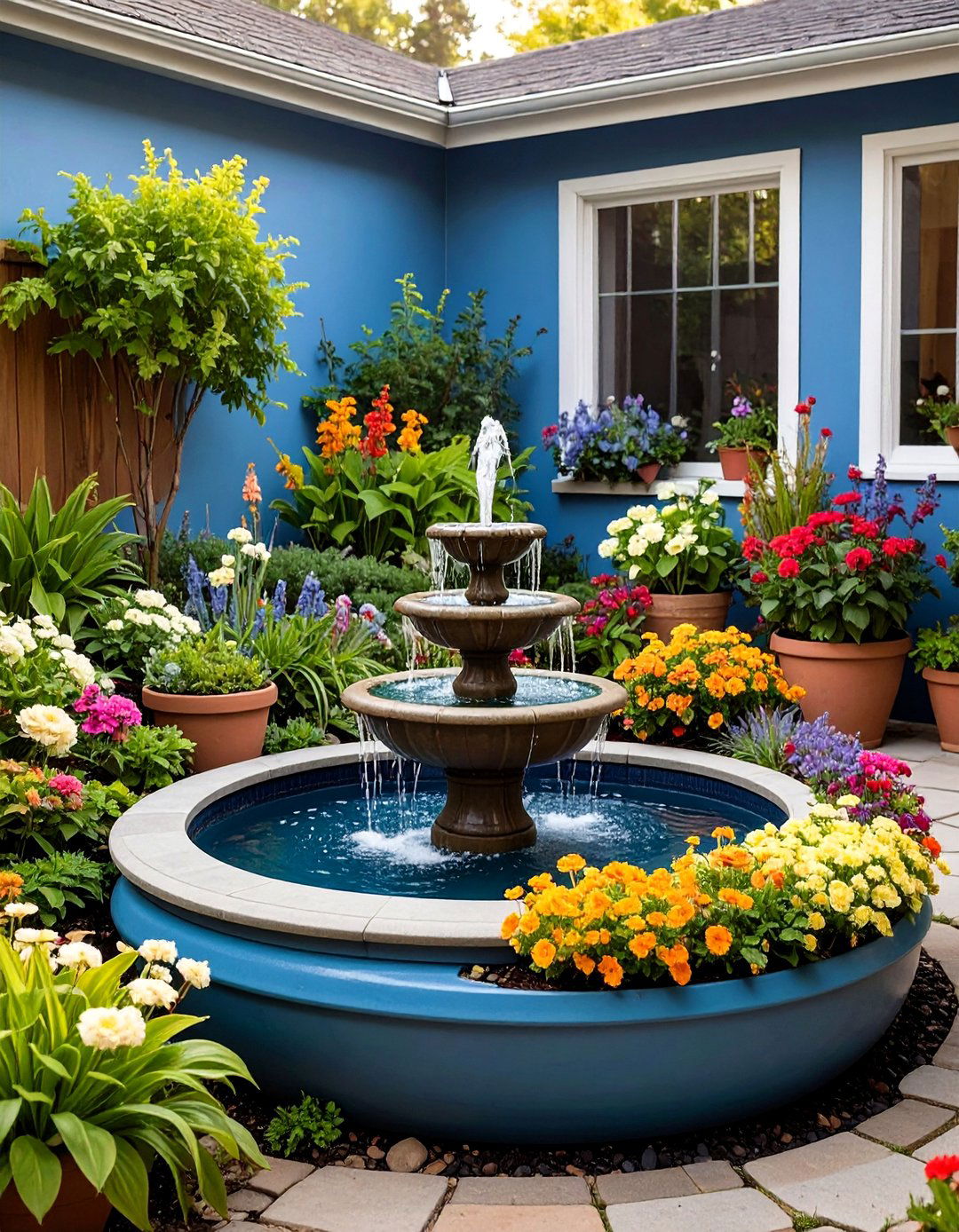
Create an ecological corner haven using native plants in containers designed to attract butterflies, birds, and beneficial insects while supporting local ecosystems. Select plants indigenous to your region, arranging them in naturalistic groupings that mimic local plant communities. Include nectar sources like native wildflowers, seed-producing plants for birds, and host plants for butterfly larvae. Add shallow water dishes and nesting materials in appropriate containers. This environmentally conscious design provides habitat while requiring less water and maintenance than non-native alternatives. Choose container materials and colors that blend with natural surroundings while ensuring proper drainage and root space for native plant requirements.
11. Climbing Plant Corner Showcase

Transform a corner into a vertical garden paradise using containers combined with trellises, arbors, and support structures for climbing plants. Position large containers at the base of corner structures, planting with vigorous climbers like clematis, morning glories, climbing roses, or edible varieties like peas and beans. Include different bloom times and growth habits to ensure seasonal interest and varied textures. Add smaller pots with complementary ground-level plants to complete the layered effect. This design maximizes growing space by utilizing vertical dimensions while creating privacy, screening, and dramatic height in small areas. Choose support structures that complement your garden style while providing adequate strength for mature climbing plants.
12. Desert Oasis Drought-Tolerant Garden
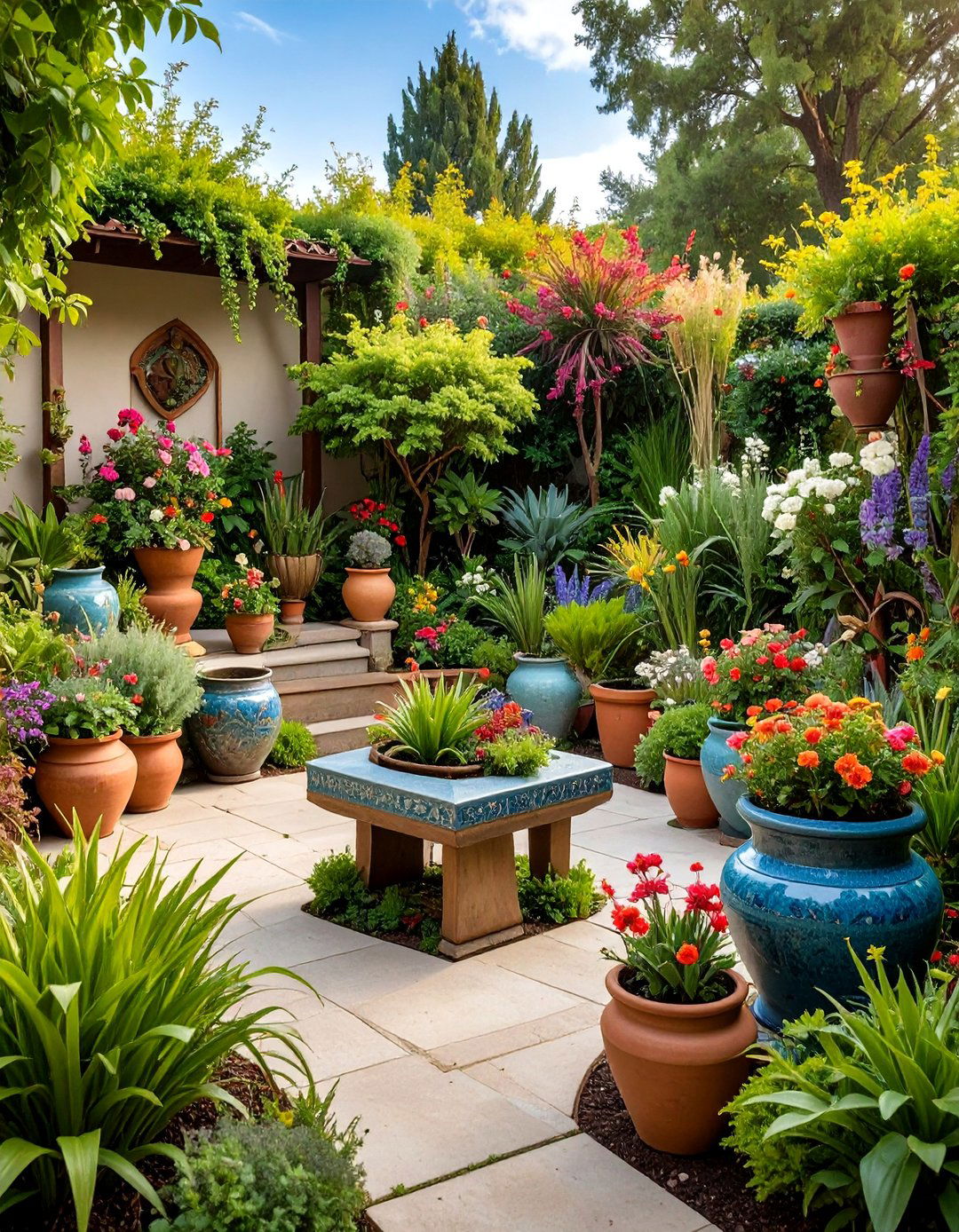
Create a striking desert-themed corner using water-wise plants in containers that celebrate arid beauty and require minimal irrigation. Select pots in earth tones, natural stone, or glazed ceramics that complement desert aesthetics while providing excellent drainage. Plant with architectural succulents, cacti, desert perennials, and ornamental grasses that thrive in dry conditions. Include different plant forms from columnar cacti to spreading groundcovers, creating visual interest through varied shapes and textures. Add decorative elements like colored gravels, smooth stones, or desert-themed art. This sustainable design thrives in sunny locations while conserving water and providing year-round structure and beauty with minimal maintenance requirements.
13. Edible Landscape Container Corner
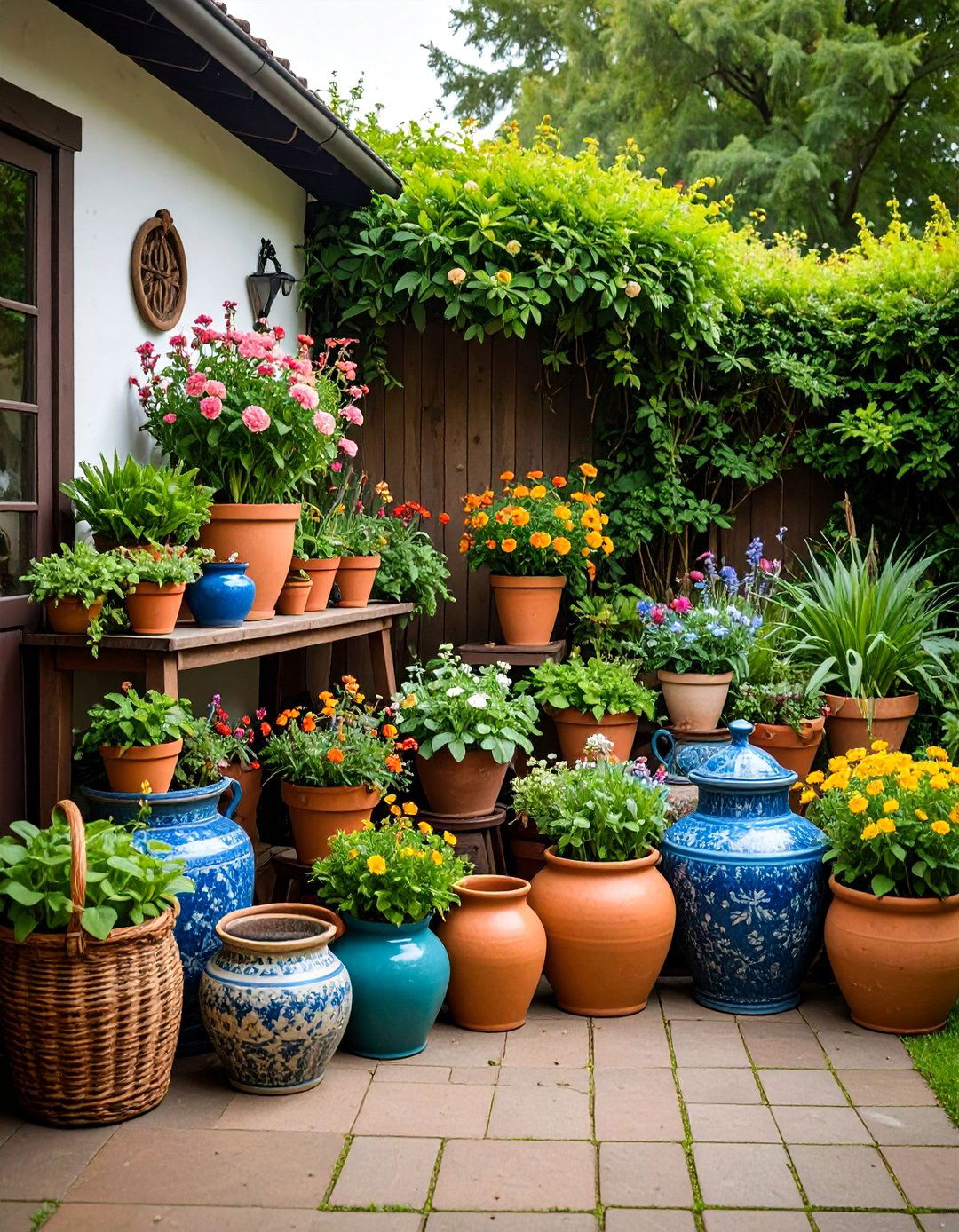
Design a productive corner garden combining ornamental appeal with edible harvests using attractive containers planted with vegetables, fruits, and herbs. Choose containers large enough for root development while maintaining aesthetic appeal through varied heights, materials, and colors. Include dwarf fruit trees, compact vegetables, trailing herbs, and edible flowers arranged in visually pleasing compositions. Plan for succession planting and seasonal changes while maintaining year-round structure through permanent plantings. This functional design provides fresh food while creating beautiful garden displays, proving that productive gardens can be ornamental. Include attractive plant supports and harvest baskets as decorative elements that serve dual purposes.
14. Fairy Garden Miniature Landscape

Create an enchanting corner wonderland using small containers arranged to suggest a miniature landscape complete with tiny plants and whimsical accessories. Use shallow dishes, vintage containers, and miniature planters filled with small-scale plants like baby tears, mini hostas, tiny succulents, and moss. Include miniature accessories, tiny paths, and small decorative elements that suggest fairy habitation. This charming design appeals to children and adults alike while providing opportunities for creativity and seasonal changes. Arrange containers at different levels to create depth and interest, ensuring proper drainage for miniature plants while maintaining the magical atmosphere through careful scale and thoughtful placement of elements.
15. Water Feature Container Garden

Design a tranquil corner oasis combining water elements with surrounding planted containers for a complete aquatic garden experience. Include a central water feature like a fountain, small pond, or water basin surrounded by moisture-loving plants in coordinating containers. Plant with ferns, hostas, astilbe, and other plants that appreciate humidity while adding containers with aquatic plants like water lilies or lotus for seasonal interest. This design creates cooling effects and soothing sounds while providing habitat for beneficial wildlife. Ensure proper electrical connections for pumps while selecting container materials that complement water features and can withstand moisture exposure.
16. Formal Structured Container Garden

Create elegant architectural interest using symmetrical arrangements of matching containers planted with structured, clipped plants for formal garden appeal. Select containers in consistent materials and colors, arranging them in geometric patterns with precise spacing and alignment. Plant with topiary subjects like boxwood, lavender, rosemary, or small trees that can be shaped and maintained. Include seasonal underplantings that complement rather than compete with formal structures. This sophisticated design requires regular maintenance but provides year-round elegance and classical beauty suitable for formal settings. Include coordinating hardscape elements like matching planters or architectural details that reinforce the formal theme.
17. Shade Garden Container Sanctuary
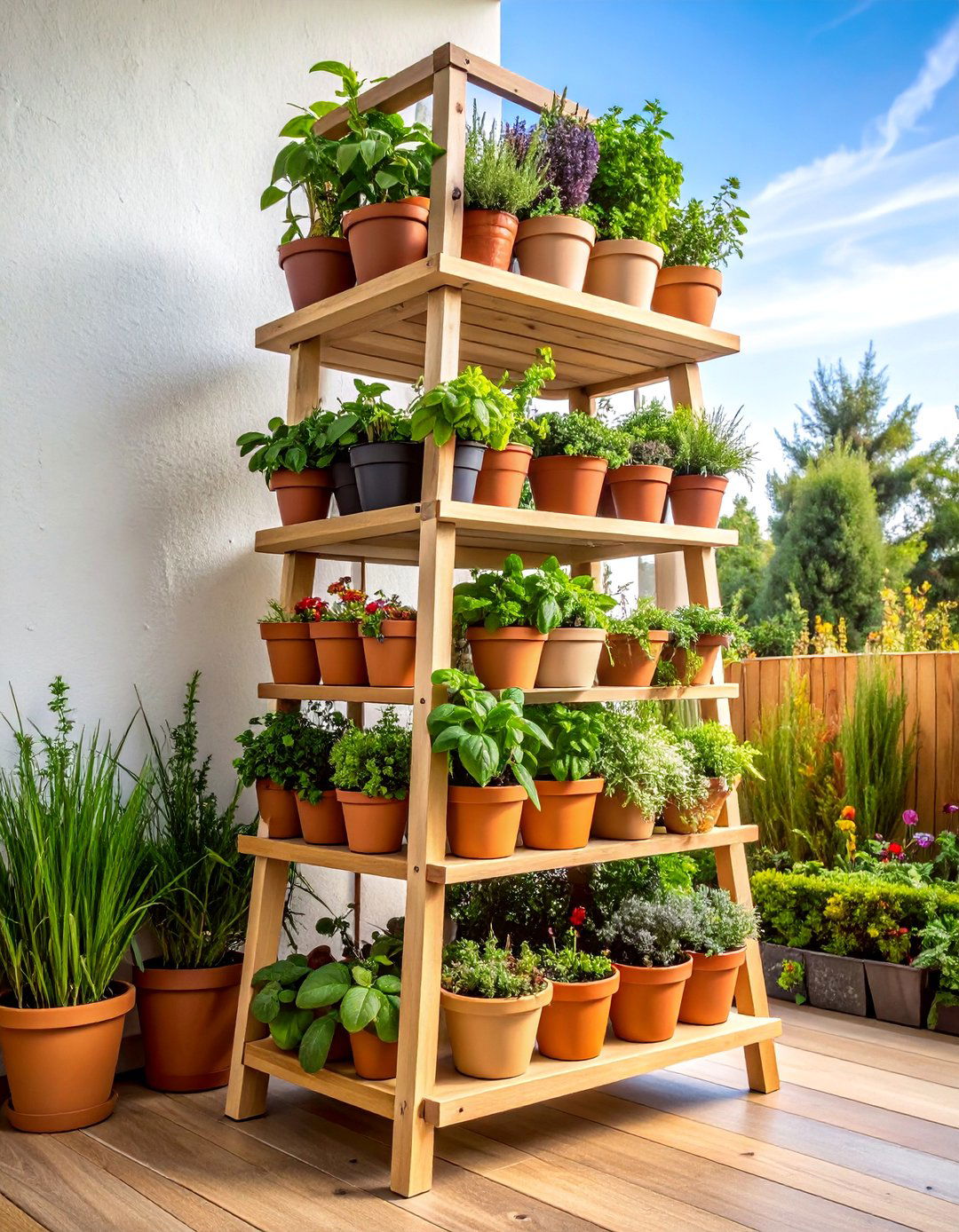
Transform a shaded corner into a lush retreat using containers planted with shade-loving plants that thrive in low-light conditions. Select plants known for attractive foliage like hostas, ferns, heuchera, and begonias, arranging them in containers that complement subdued lighting conditions. Include varied leaf textures and colors to create interest without relying on flowers, though shade-blooming plants like impatiens or caladiums can add seasonal color. This design proves that shaded areas can be garden assets rather than problems, creating cool retreats perfect for hot climates. Choose light-colored containers to brighten shaded areas while ensuring adequate drainage for shade plants.
18. Artistic Container Sculpture Garden

Create a corner art installation using containers as sculptural elements combined with plants selected for architectural form and artistic impact. Select containers in artistic materials like glazed ceramics, metal sculptures, or unique handcrafted pieces that serve as garden art even when unplanted. Choose plants with strong architectural qualities like ornamental grasses, spiky plants, or unusual forms that complement container designs. This avant-garde approach treats the garden corner as outdoor gallery space where plants and containers work together as artistic elements. Include lighting to highlight sculptural qualities during evening hours while ensuring practical growing conditions for selected plants.
19. Privacy Screening Container Garden
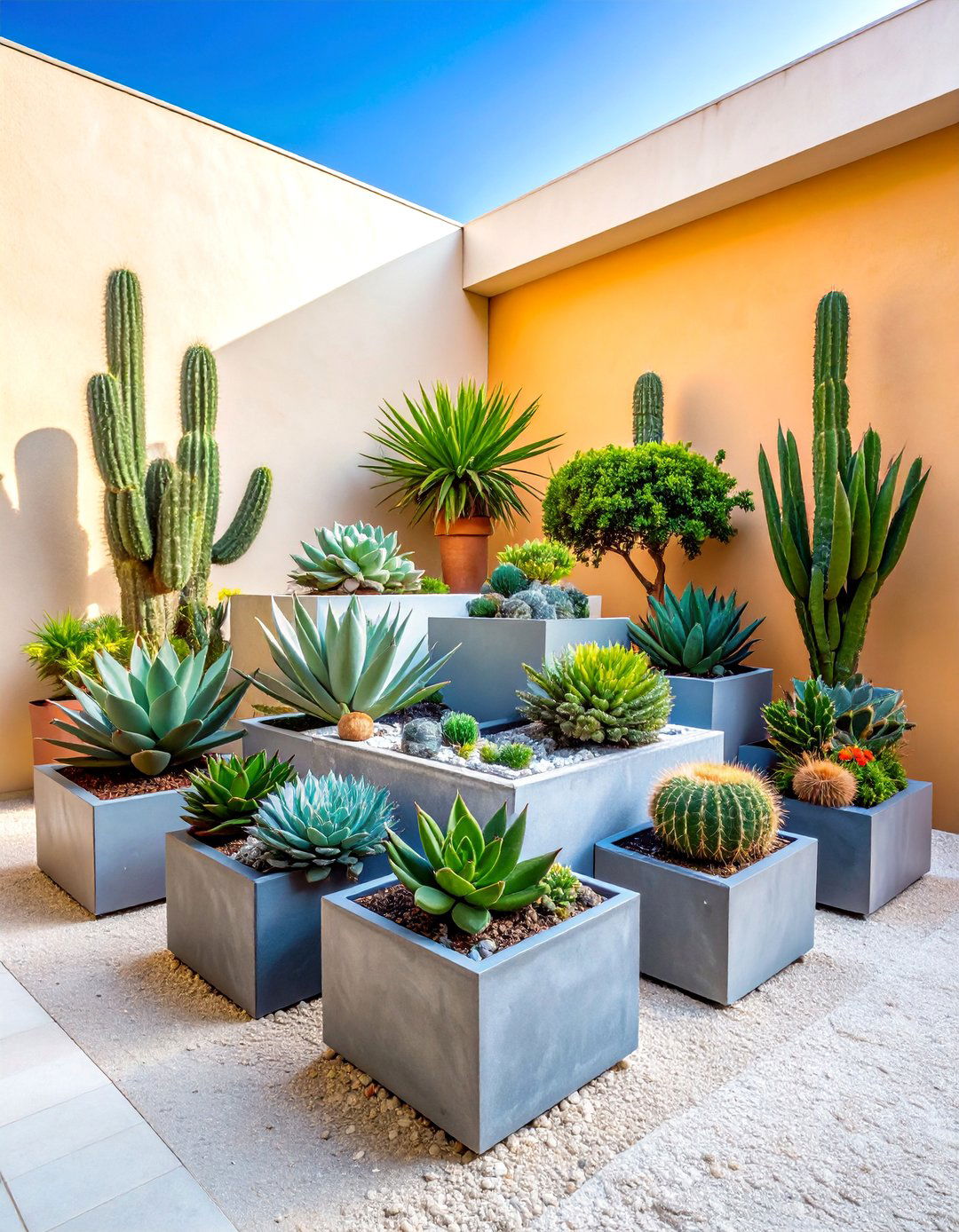
Design a living privacy wall using large containers planted with screening plants that create enclosure while maintaining mobility and flexibility. Select substantial containers that can support tall plants like bamboo, evergreen shrubs, or large ornamental grasses arranged to block unwanted views while allowing air circulation. Include varying heights and textures to create natural-looking screens rather than rigid barriers. This practical design solution provides privacy without permanent construction while allowing seasonal changes and repositioning as needs change. Choose plants appropriate for container culture while providing desired screening density and seasonal interest.
20. Vintage Container Collection Corner

Create nostalgic charm using authentic vintage containers and antique planters arranged with period-appropriate plants for historical garden appeal. Source genuine vintage pieces like old ceramic crocks, metal containers, wicker baskets, or architectural salvage pieces that tell stories while serving as planters. Plant with heirloom varieties and traditional plants that complement historical themes while ensuring proper drainage and plant health. This design celebrates garden history while creating unique displays that conversation pieces and functional gardens. Include vintage garden accessories and tools as decorative elements that reinforce historical themes while providing authentic period atmosphere.
21. Colorful Pattern Theme Garden
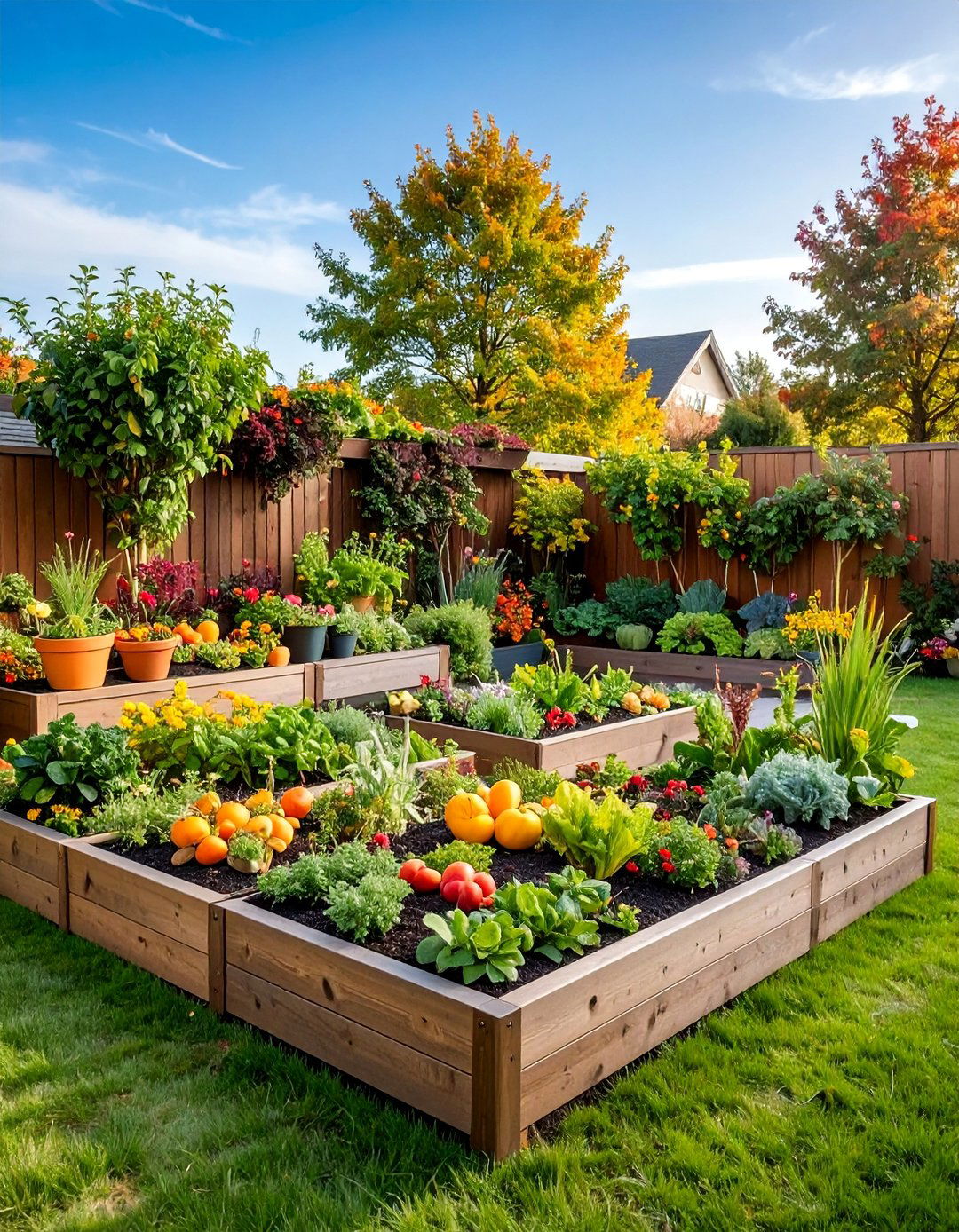
Design a vibrant corner display using containers and plants selected for specific color harmony, creating coordinated schemes that change seasonally. Choose either monochromatic schemes using varied shades of single colors or complementary combinations that create visual excitement through contrast. Select containers that either complement or provide neutral backgrounds for plant colors while arranging them to enhance color relationships. Plan seasonal color progressions to maintain interest throughout growing seasons while providing dramatic focal points during peak bloom periods. This design approach treats corner gardens as living color compositions where plants and containers work together to create specific emotional responses through color psychology.
22. Multi-Level Tiered Display Garden
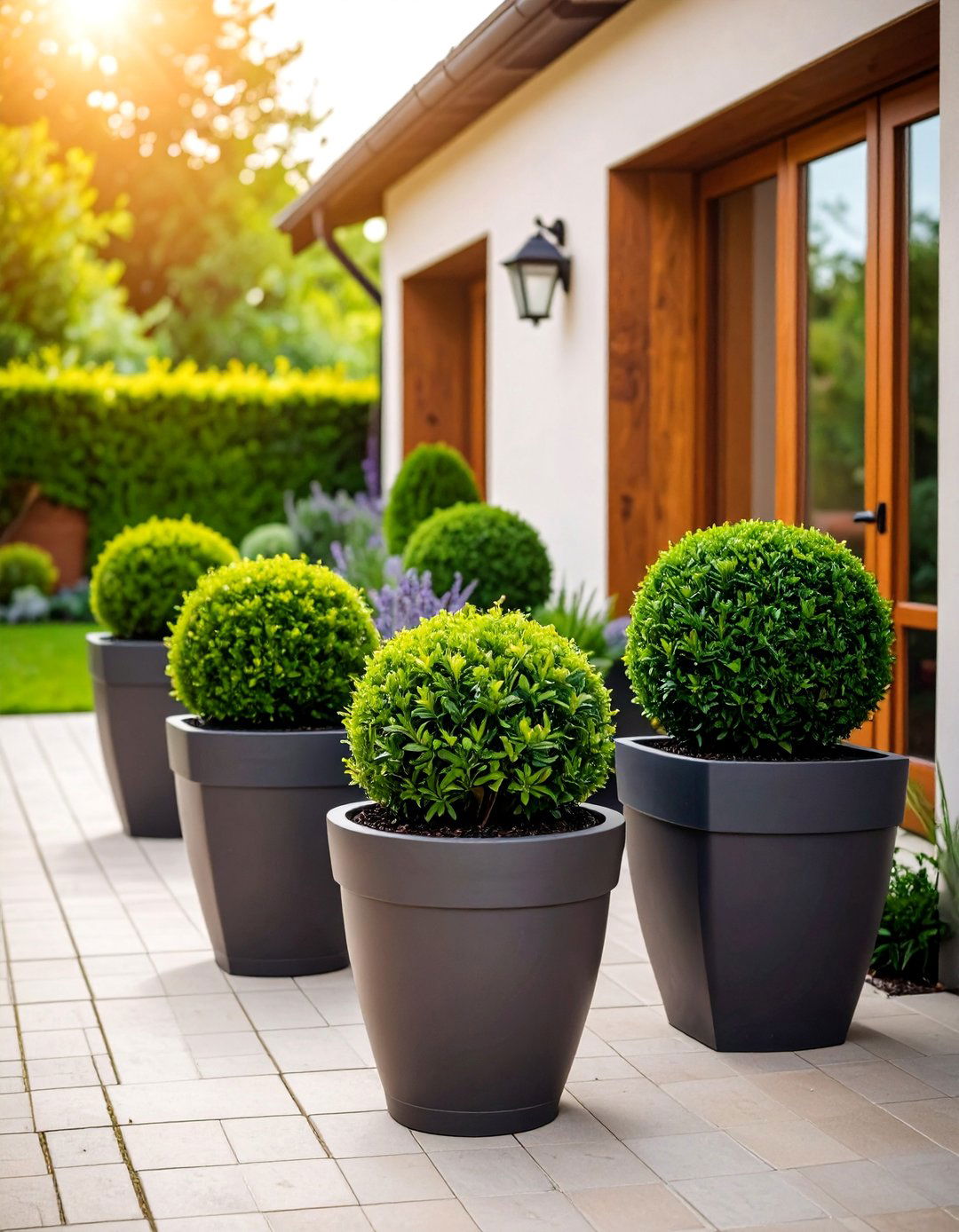
Create dramatic height and visual interest using tiered arrangements that maximize display space while creating natural planting layers. Use steps, shelves, or purpose-built tier systems to arrange containers at multiple levels, creating amphitheater effects that showcase individual plants while building overall composition impact. Include plants with varying heights and growth habits that complement tiered arrangements without overwhelming individual levels. This design maximizes plant display space in minimal floor area while creating opportunities for seasonal changes and plant rotation. Ensure structural stability for tiered systems while providing adequate drainage and access for maintenance activities.
23. Moonlight Garden Container Display
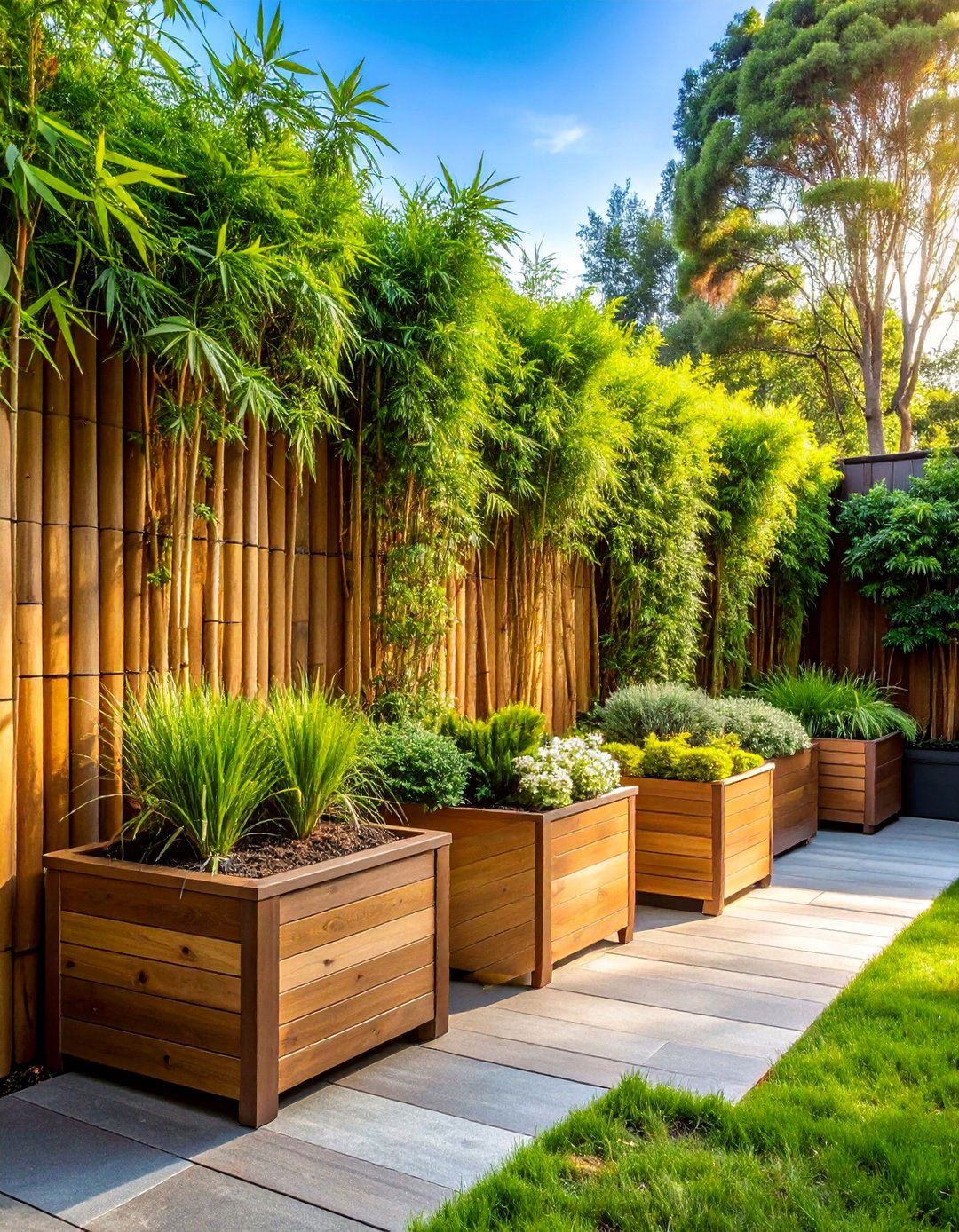
Design an evening-focused garden using containers planted with white and pale-colored plants that glow in moonlight and evening illumination. Select night-blooming plants like moonflowers, evening primrose, and night-blooming jasmine combined with silver-leafed plants and white flowers that reflect available light. Include subtle lighting that enhances rather than overwhelms natural moonlight effects while providing safety and navigation. This specialized design creates magical evening experiences while providing fragrance and beauty during nighttime hours when many gardens go unnoticed. Choose light-colored containers that reflect moonlight while arranging plants to create layered lighting effects.
24. Seasonal Celebration Container Garden

Create a corner space dedicated to celebrating seasonal holidays and natural cycles through rotating container displays and themed decorations. Maintain core structural plants while changing seasonal accents, decorative containers, and holiday-specific plants throughout the year. Include storage solutions for off-season decorations while ensuring continuous garden appeal between seasonal transitions. This dynamic approach keeps garden corners fresh and relevant while providing opportunities for family traditions and seasonal celebrations. Plan transitions between seasons to avoid empty periods while building anticipation for upcoming celebrations and seasonal changes.
25. Microclimate Specialty Garden

Design a corner garden that creates and utilizes specific microclimates for specialized plants using strategic container placement and environmental modifications. Use containers and positioning to create warmer, cooler, more humid, or drier conditions than surrounding areas, allowing cultivation of plants normally unsuitable for local conditions. Include heat-absorbing materials, windbreaks, shade structures, or water features that modify local growing conditions within corner confines. This advanced design approach expands possible plant palettes while creating garden rooms with distinct characters and specialized purposes. Monitor and adjust environmental modifications as plants establish and seasonal conditions change throughout the year.
Conclusion:
Corner gardens with pots offer endless possibilities for transforming neglected spaces into stunning focal points that serve both aesthetic and functional purposes. Whether creating aromatic herb sanctuaries, colorful seasonal displays, or tranquil zen retreats, these 25 design themes demonstrate that thoughtful container arrangements can maximize any corner's potential while reflecting personal style and garden goals.


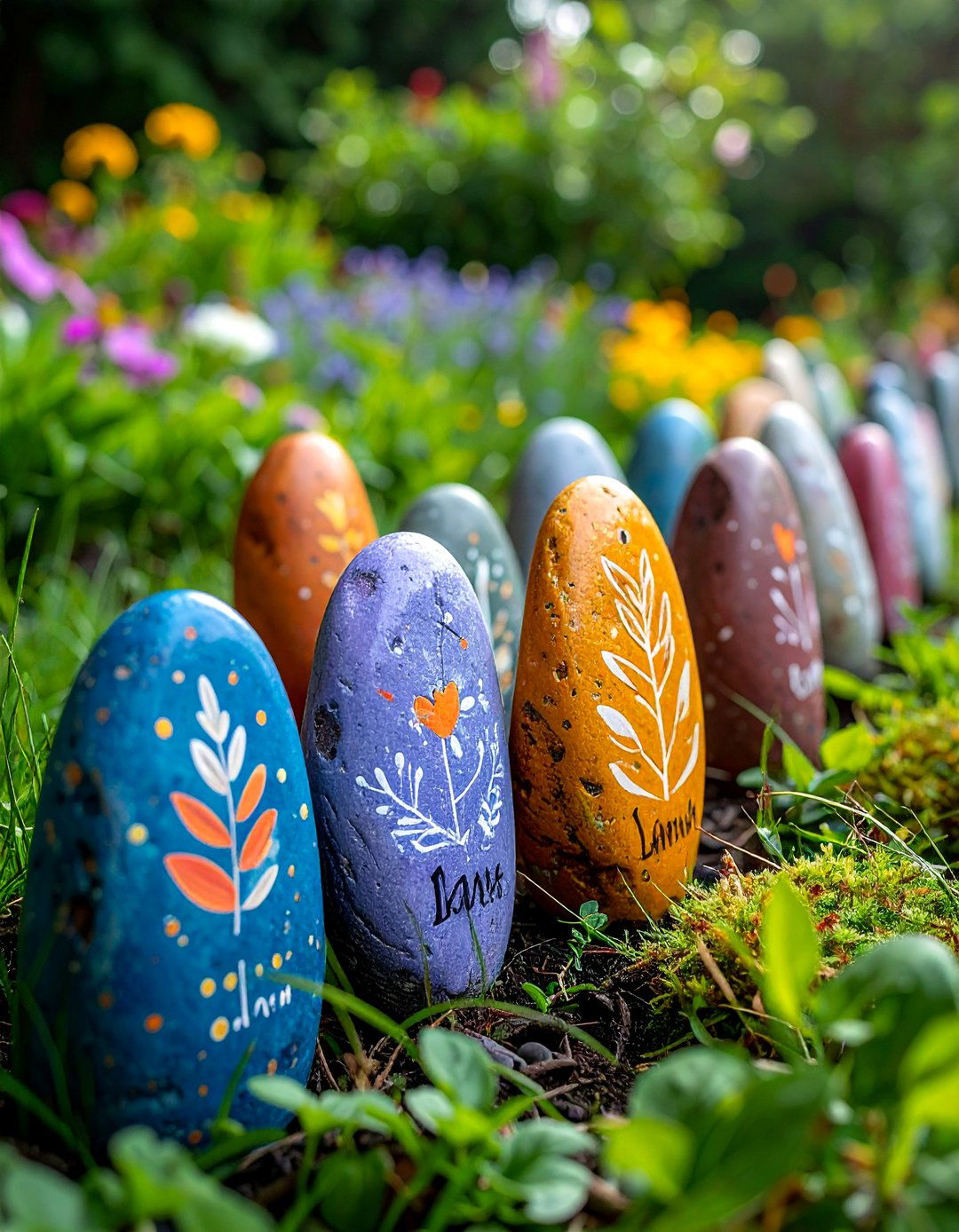


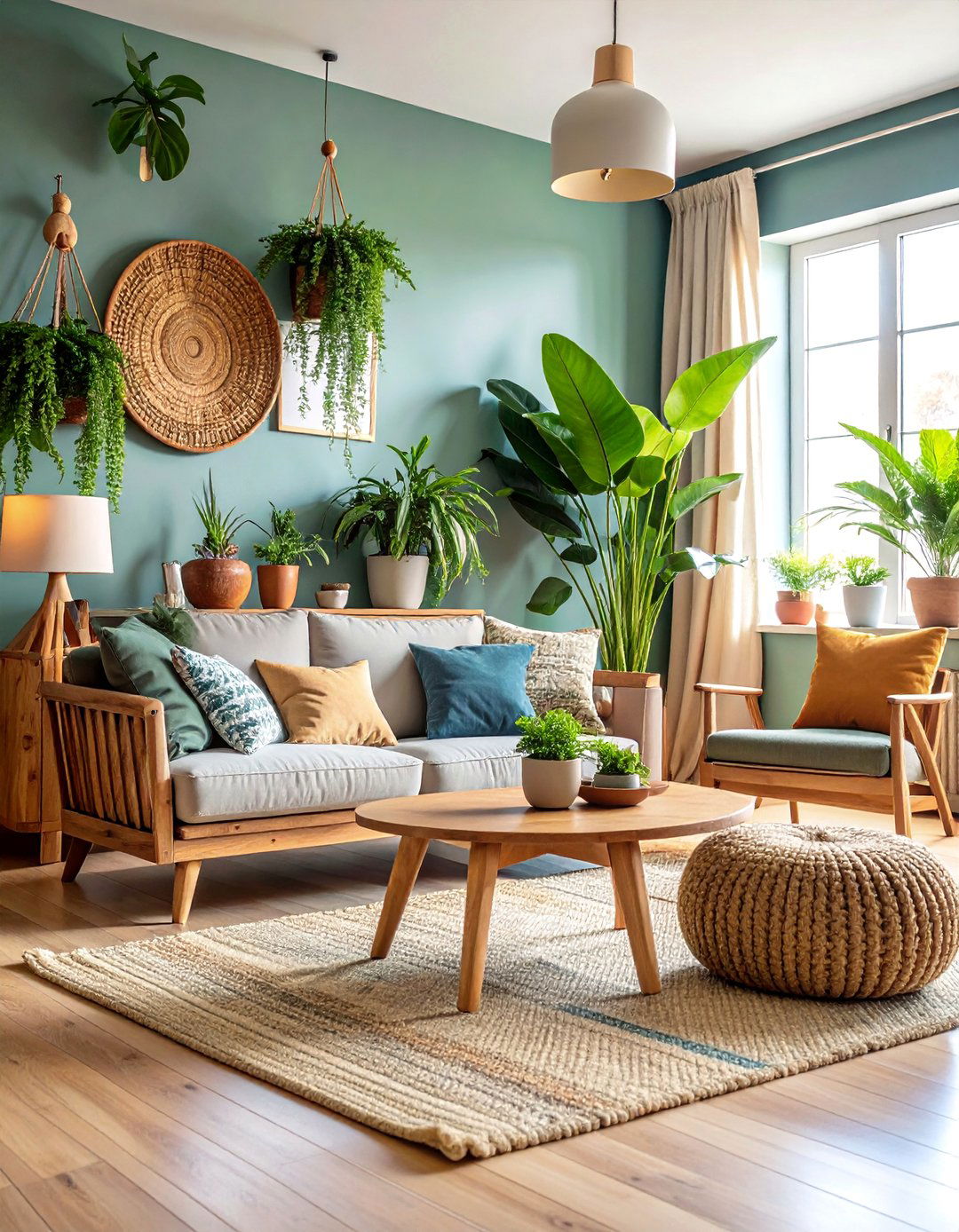

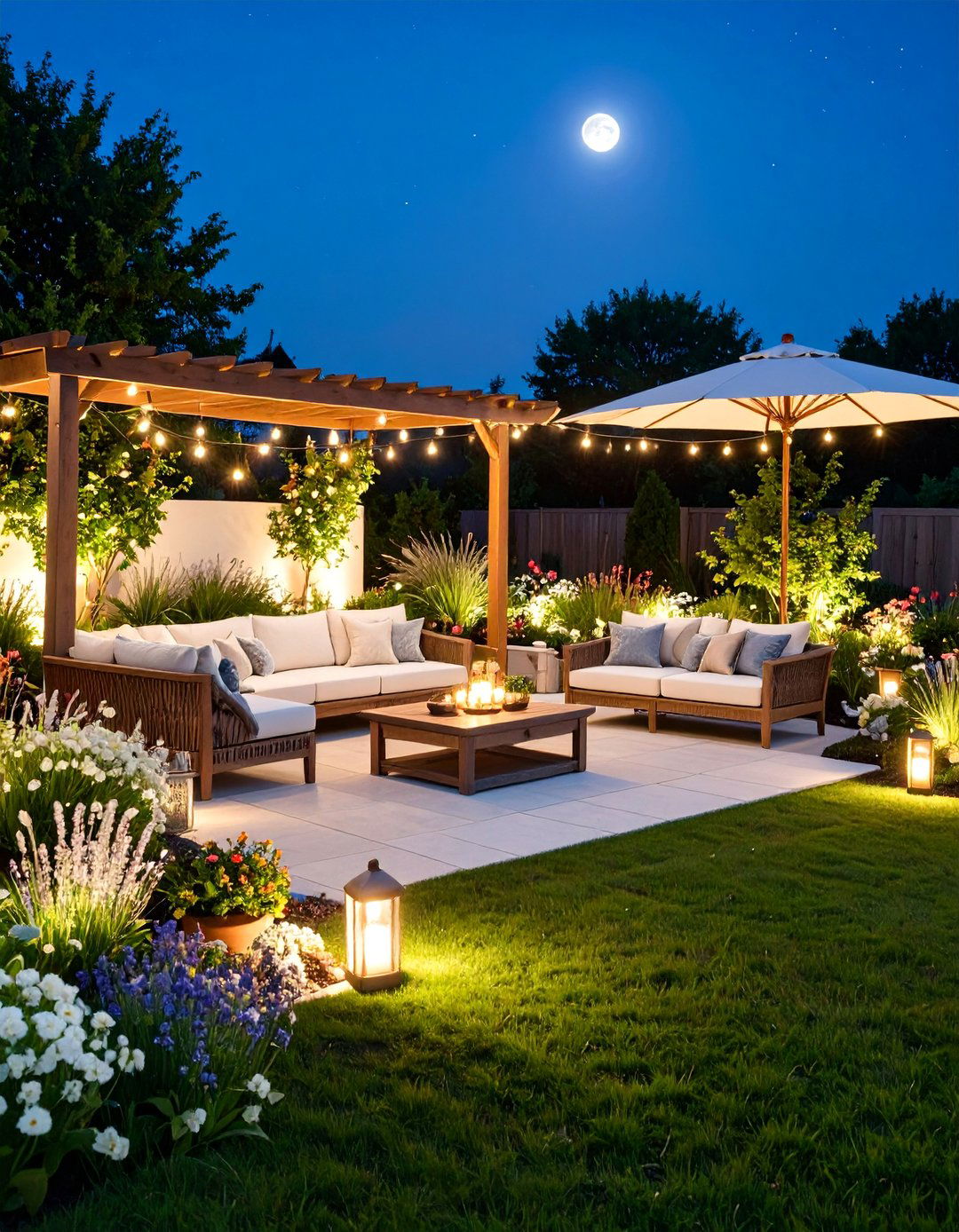
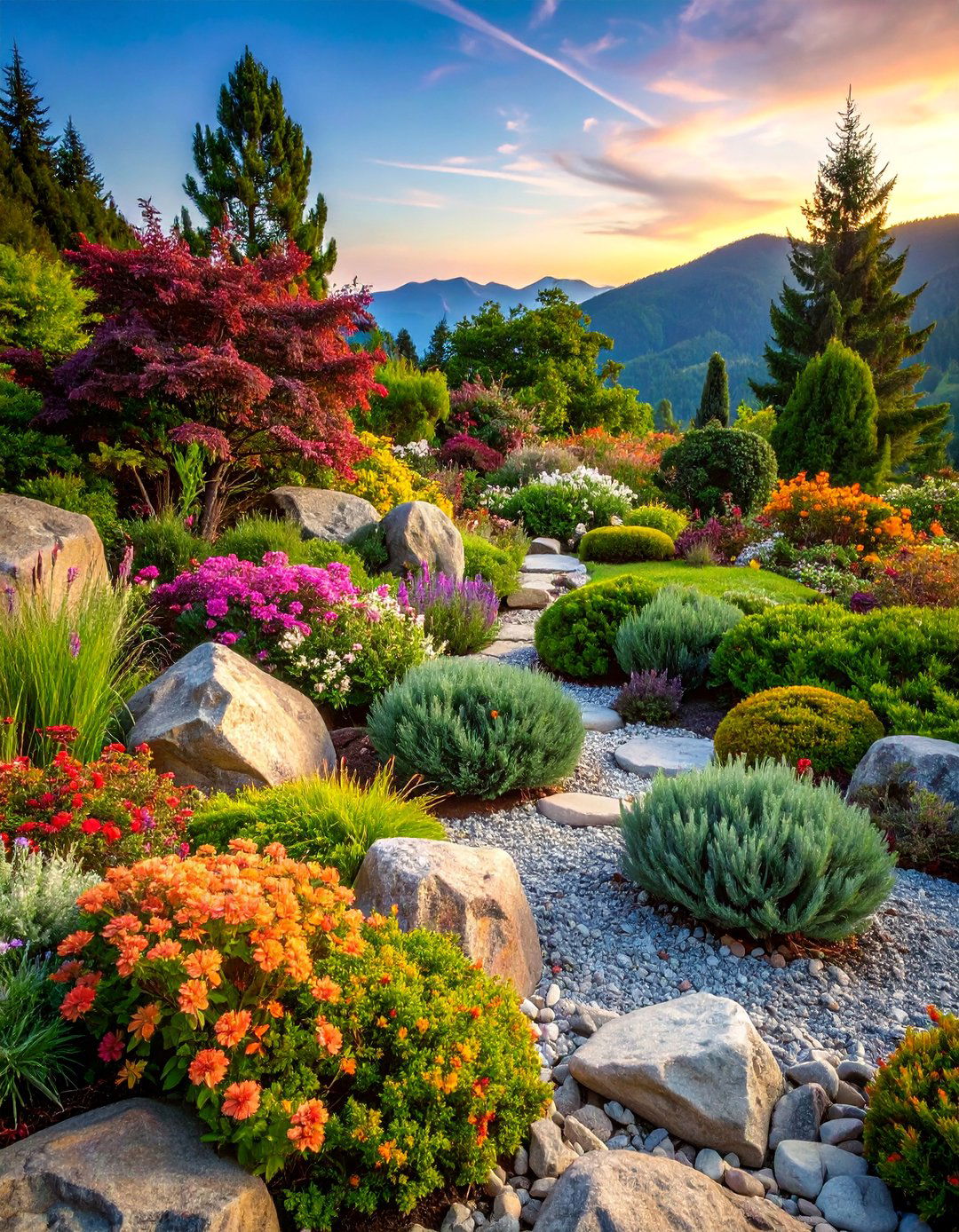
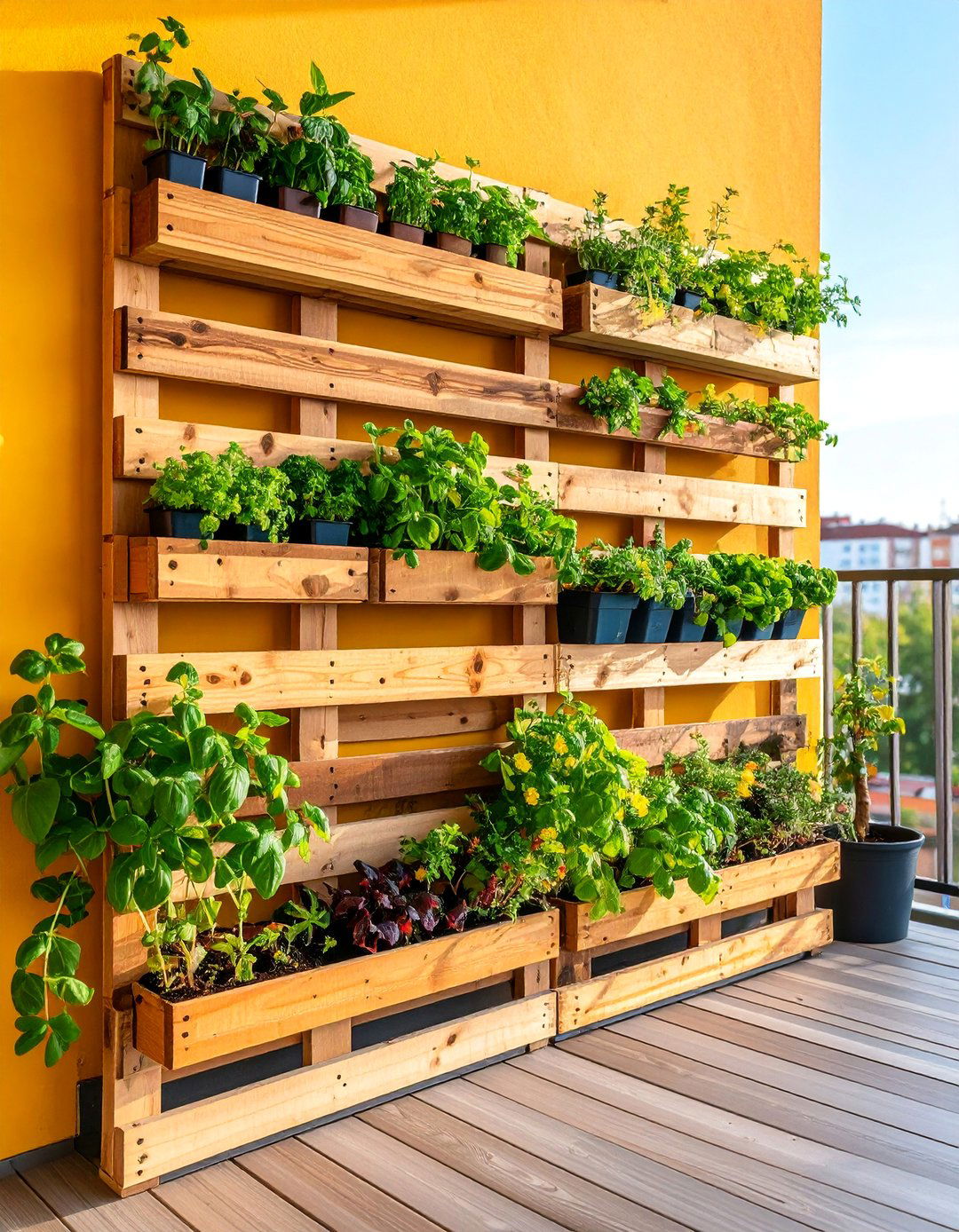


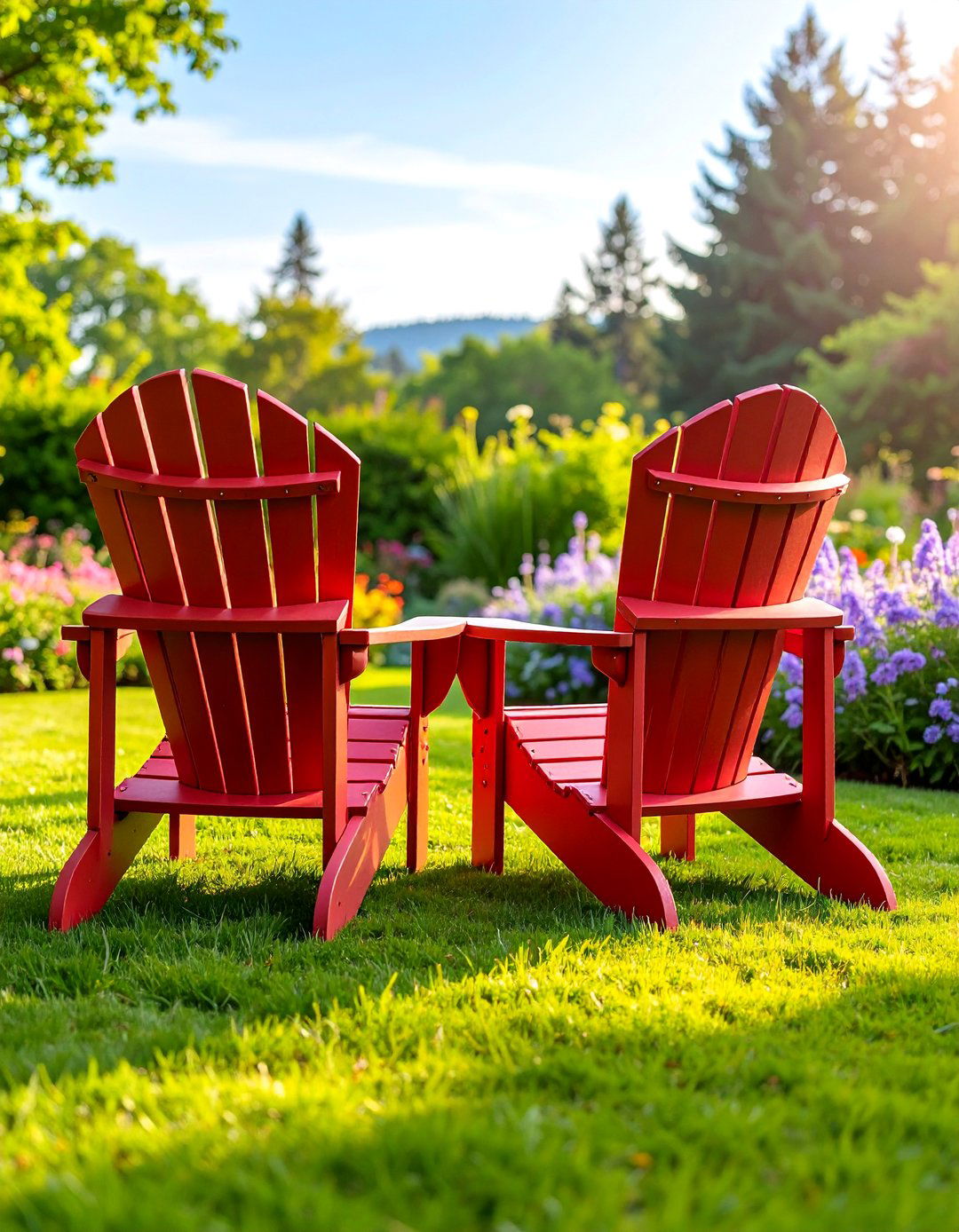

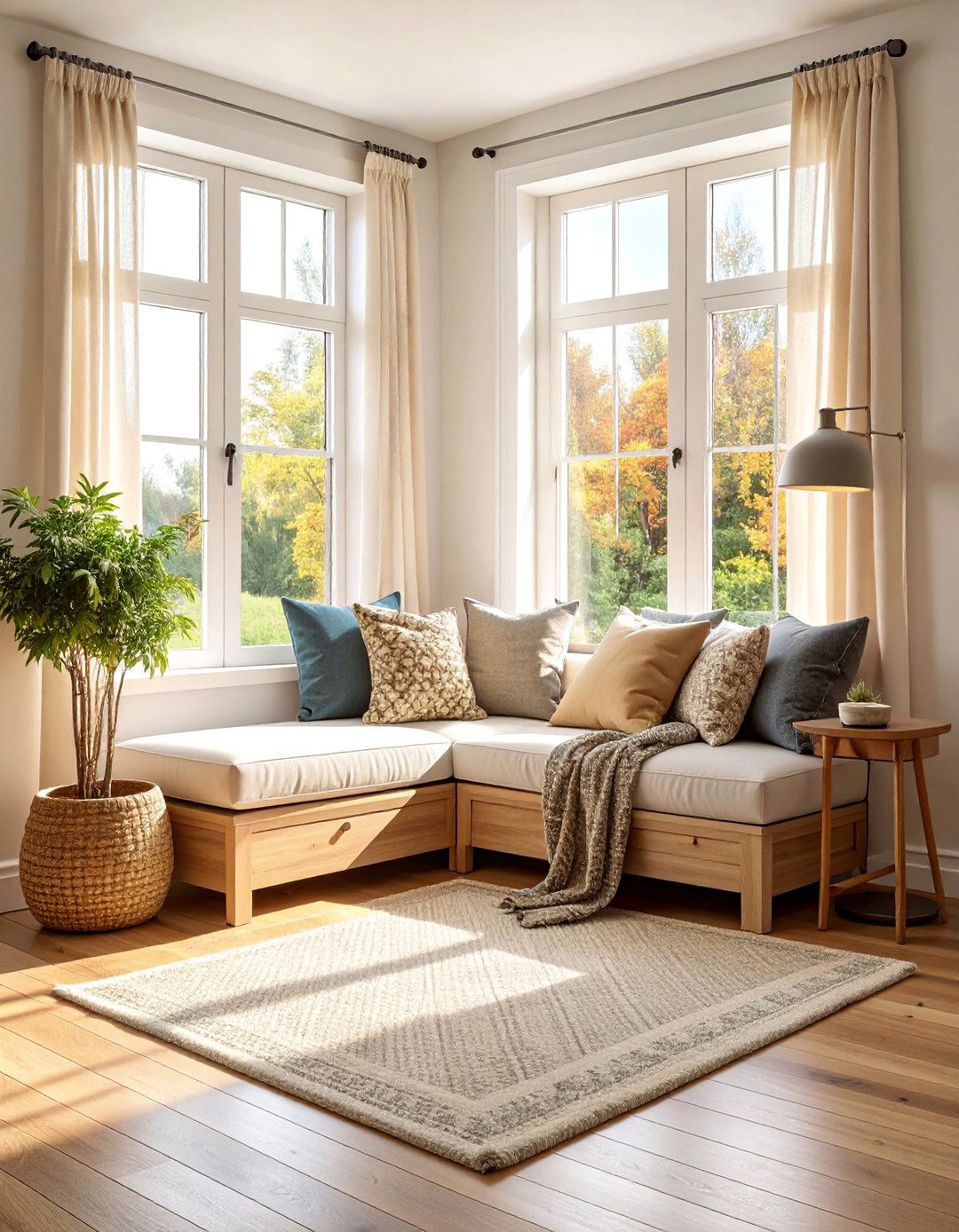
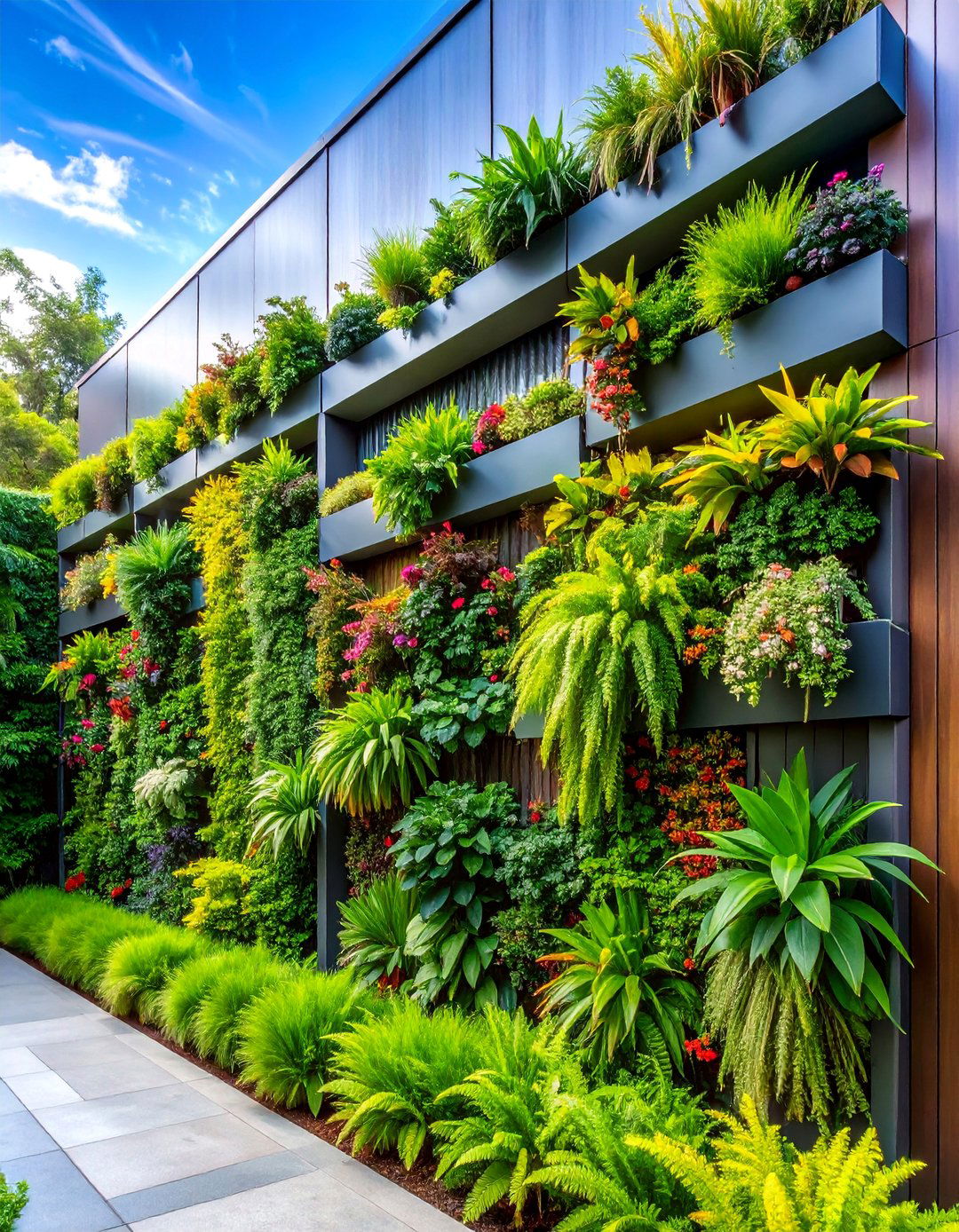
Leave a Reply